Home>Technology>Smart Home Devices>How To Reset Ricoh Printer
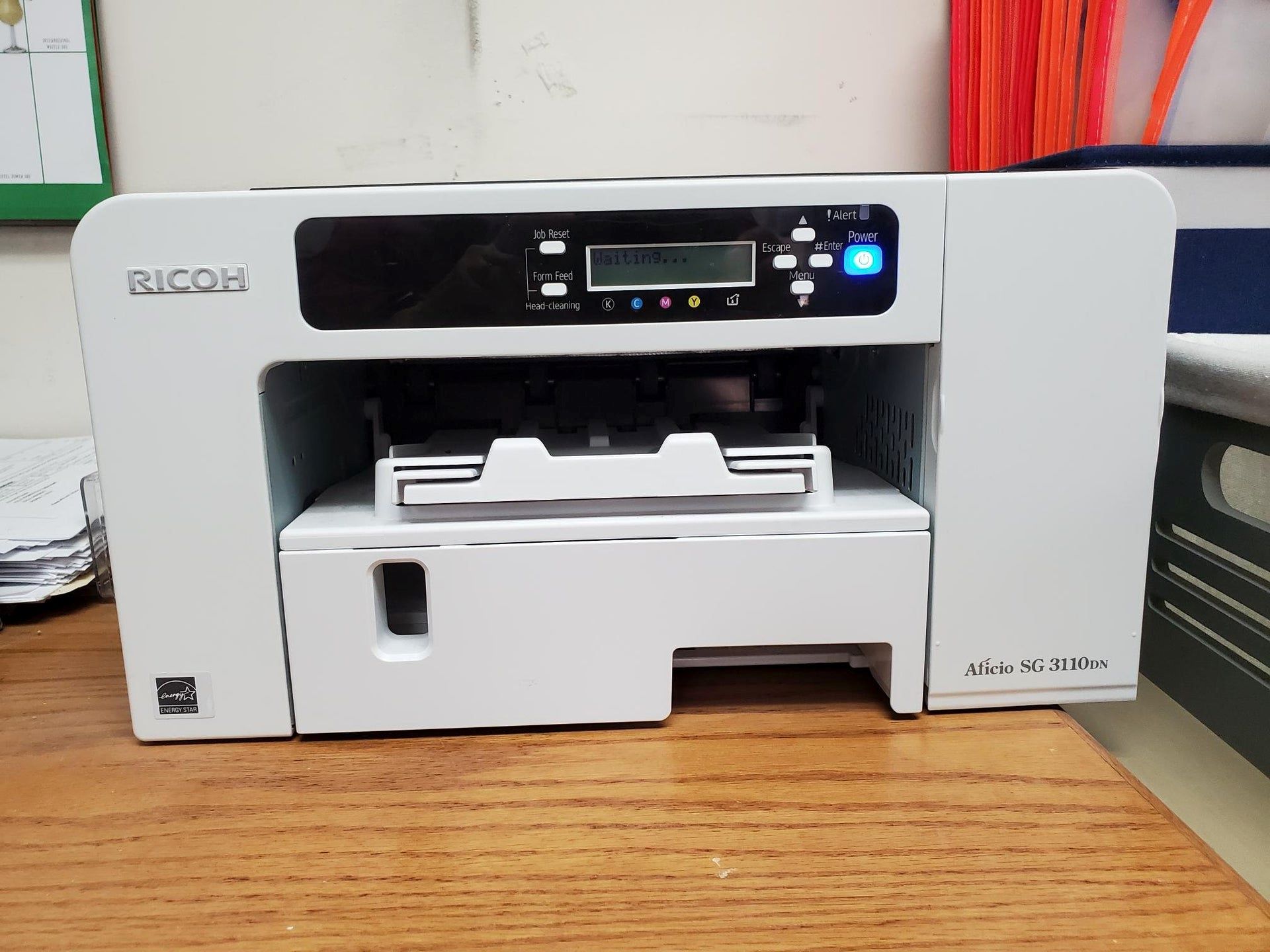

Smart Home Devices
How To Reset Ricoh Printer
Modified: August 17, 2024
Learn how to reset your Ricoh printer easily with our step-by-step guide. Keep your smart home devices running smoothly with our troubleshooting tips. Unlock the potential of your Ricoh printer today!
(Many of the links in this article redirect to a specific reviewed product. Your purchase of these products through affiliate links helps to generate commission for Storables.com, at no extra cost. Learn more)
Introduction
Read more: How To Turn On Ricoh Printer
Introduction
Welcome to the world of smart home devices, where convenience and innovation converge to transform the way we interact with our living spaces. Among the myriad of smart devices available, smart home printers play a crucial role in seamlessly integrating digital and physical document management. One such prominent player in this space is the Ricoh printer, renowned for its reliability and advanced features.
In the event that you encounter issues with your Ricoh printer, such as connectivity problems or error messages, performing a reset can often resolve these issues. Resetting the printer can help clear temporary glitches and restore it to its default settings, potentially resolving various operational issues. In this comprehensive guide, we will explore the process of resetting a Ricoh printer, including the steps to check the printer status, perform a soft reset, and execute a factory reset to address more persistent issues.
Whether you are a seasoned user or new to the world of smart home devices, understanding how to reset your Ricoh printer can be invaluable in maintaining its optimal functionality. Let’s delve into the essential steps to ensure that your Ricoh printer continues to deliver seamless printing experiences in your smart home environment.
Checking Printer Status
Key Takeaways:
- Keep your Ricoh printer running smoothly by checking its status regularly. Look for physical issues, error messages, network connectivity, and software updates to ensure optimal performance.
- When troubleshooting your Ricoh printer, start with a soft reset to address common issues. If problems persist, a factory reset can restore the printer to its original settings, resolving more complex issues.
Checking Printer Status
Before proceeding with the reset process, it’s essential to assess the status of your Ricoh printer to identify any underlying issues that may be affecting its performance. Here are the key steps to check the printer status:
- Physical Inspection: Begin by visually inspecting the printer for any visible signs of hardware issues, such as paper jams, loose cables, or obstructions within the paper feed mechanism. Ensure that the printer is powered on and properly connected to a reliable power source and your computer or network.
- Display Panel: If your Ricoh printer features a display panel, navigate through the menu options to check for error messages or alerts related to paper jams, low toner levels, or connectivity issues. The display panel provides valuable insights into the printer’s current status and any reported errors.
- Network Connectivity: If your Ricoh printer is network-enabled, verify the network connectivity by checking the status of the network indicators on the printer. Additionally, ensure that the printer is connected to the correct network and that the network settings are configured accurately.
- Printer Software: Access the printer settings through the accompanying software on your computer. Check for any pending print jobs, error notifications, or communication issues between the printer and your device. Updating the printer drivers and software to the latest versions can also help resolve compatibility issues.
By thoroughly assessing the physical components, display panel notifications, network connectivity, and printer software, you can gain a comprehensive understanding of the printer’s status. This proactive approach allows you to address any identified issues before proceeding with the reset process, ensuring a smoother and more effective resolution.
Resetting the Printer
Read more: How To Install Ricoh Printer Driver
Resetting the Printer
Once you have evaluated the printer’s status and addressed any identified issues, you can proceed with the process of resetting your Ricoh printer. The following steps outline the procedure for performing a soft reset, which can help resolve common operational issues:
- Power Cycle: Begin by powering off the Ricoh printer and unplugging it from the power source. Allow the printer to remain disconnected for at least 60 seconds to ensure that residual power is dissipated.
- Reconnection: After the brief waiting period, plug the printer back into the power source and power it on. Wait for the printer to initialize and become ready for operation.
- Test Print: Once the printer has restarted, initiate a test print to verify that the reset process has effectively addressed any previous issues. Print a sample document or test page to assess the printer’s functionality.
Performing a soft reset can often rectify transient issues such as print queue errors, temporary communication glitches, or minor software hiccups. By power cycling the printer and allowing it to reboot, you can effectively clear temporary data and restore the printer to a stable state, potentially resolving the encountered issues.
It’s important to note that while a soft reset can address common issues, more persistent problems may necessitate a factory reset of the printer. Before proceeding with a factory reset, ensure that you have exhausted other troubleshooting steps and have backed up any essential printer configurations or settings to avoid data loss.
By familiarizing yourself with the process of performing a soft reset, you can swiftly address common operational issues with your Ricoh printer, ensuring continued reliability and performance within your smart home environment.
Performing a Factory Reset
Performing a Factory Reset
When encountering persistent issues with your Ricoh printer that cannot be resolved through a soft reset or other troubleshooting measures, performing a factory reset may offer a comprehensive solution. A factory reset restores the printer to its original factory settings, effectively clearing all custom configurations and returning it to a default state. Here’s a step-by-step guide to performing a factory reset on your Ricoh printer:
- Access Service Mode: Begin by accessing the service mode on your Ricoh printer. This typically involves pressing specific buttons or key combinations on the printer’s control panel to access the service menu.
- Factory Reset Option: Navigate through the service menu to locate the factory reset option. Depending on the specific model of your Ricoh printer, the factory reset option may be listed as “Initialize,” “Reset to Factory Defaults,” or a similar designation.
- Confirmation: Once you have located the factory reset option, follow the on-screen prompts to confirm the reset process. The printer may display a confirmation message to ensure that you intend to proceed with the factory reset.
- Execution: After confirming the factory reset, initiate the process and allow the printer to complete the reset procedure. The printer will undergo a series of internal adjustments and resets to restore it to its original factory settings.
- Post-Reset Configuration: Following the factory reset, you will need to reconfigure the printer settings according to your preferences. This may include setting up network connectivity, adjusting print quality settings, and customizing other operational parameters.
It’s essential to exercise caution when performing a factory reset, as this process erases all custom configurations and settings, including network configurations and user preferences. Before proceeding with a factory reset, ensure that you have documented any essential settings and configurations to facilitate the reconfiguration process after the reset.
By executing a factory reset, you can effectively address persistent operational issues and restore your Ricoh printer to a pristine state, potentially resolving complex software glitches, configuration errors, and performance issues. This comprehensive reset procedure offers a powerful solution for rejuvenating your printer’s functionality within your smart home environment.
Conclusion
Read more: How To Enable Finisher On Ricoh Printer
Conclusion
As we conclude this guide on resetting a Ricoh printer, it’s evident that understanding the reset procedures is essential for maintaining the optimal functionality of smart home devices. Whether you encounter transient issues that can be resolved through a soft reset or more persistent challenges that necessitate a factory reset, having the knowledge and confidence to perform these procedures empowers you to swiftly address printer-related issues within your smart home environment.
By proactively checking the printer status, you can identify and address potential issues before proceeding with the reset process, ensuring a more effective resolution. The physical inspection, display panel assessment, network connectivity verification, and printer software evaluation collectively provide valuable insights into the printer’s status, enabling you to troubleshoot and resolve identified issues.
Performing a soft reset offers a straightforward solution for addressing common operational issues, such as print queue errors, temporary communication glitches, and software hiccups. The power cycling process effectively clears temporary data and restores the printer to a stable state, potentially resolving the encountered issues and minimizing downtime.
For more persistent issues, the factory reset procedure provides a comprehensive solution by restoring the printer to its original factory settings. While executing a factory reset requires caution and thorough preparation to avoid data loss, it offers a powerful means of addressing complex software glitches, configuration errors, and performance issues that may impact the printer’s functionality within your smart home environment.
Armed with the knowledge and understanding of these reset procedures, you can confidently navigate and resolve printer-related challenges, ensuring that your Ricoh printer continues to deliver seamless printing experiences in your smart home environment. As you embrace the convenience and innovation of smart home devices, the ability to troubleshoot and resolve printer issues enhances the overall reliability and performance of your smart home ecosystem.
By incorporating these reset procedures into your smart home device management practices, you can uphold the optimal functionality of your Ricoh printer and other smart devices, contributing to a seamless and efficient smart home experience.
Frequently Asked Questions about How To Reset Ricoh Printer
Was this page helpful?
At Storables.com, we guarantee accurate and reliable information. Our content, validated by Expert Board Contributors, is crafted following stringent Editorial Policies. We're committed to providing you with well-researched, expert-backed insights for all your informational needs.
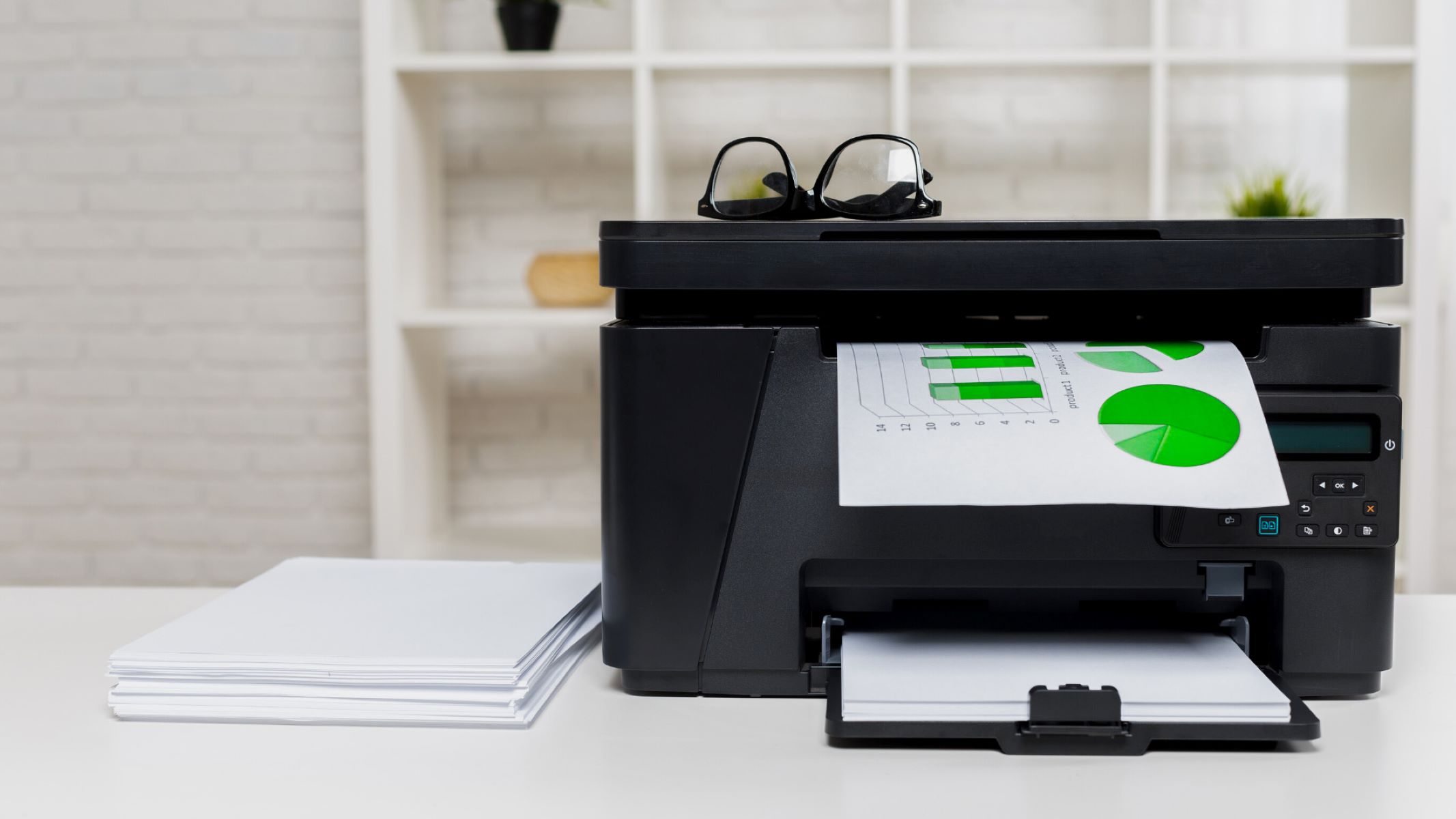
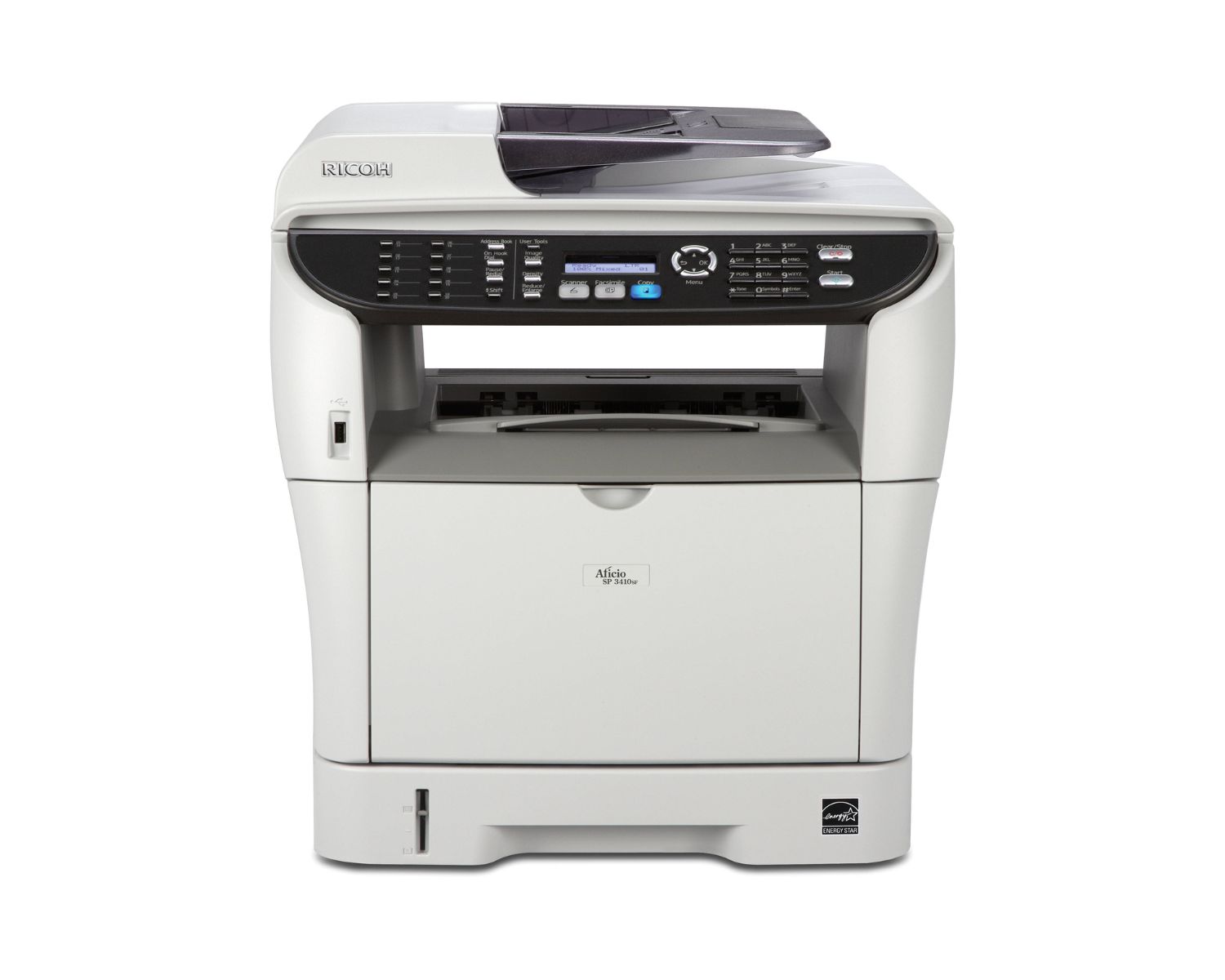
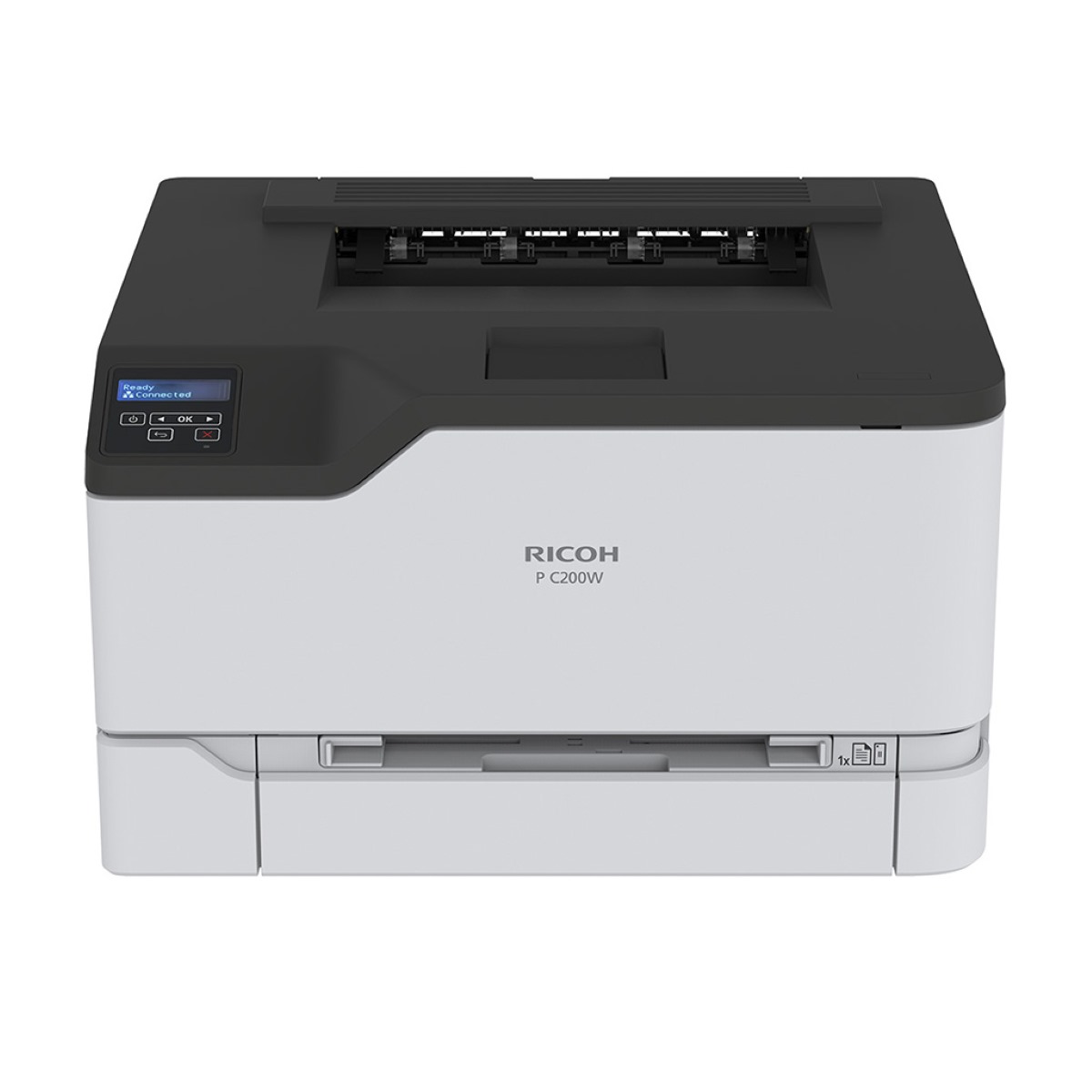
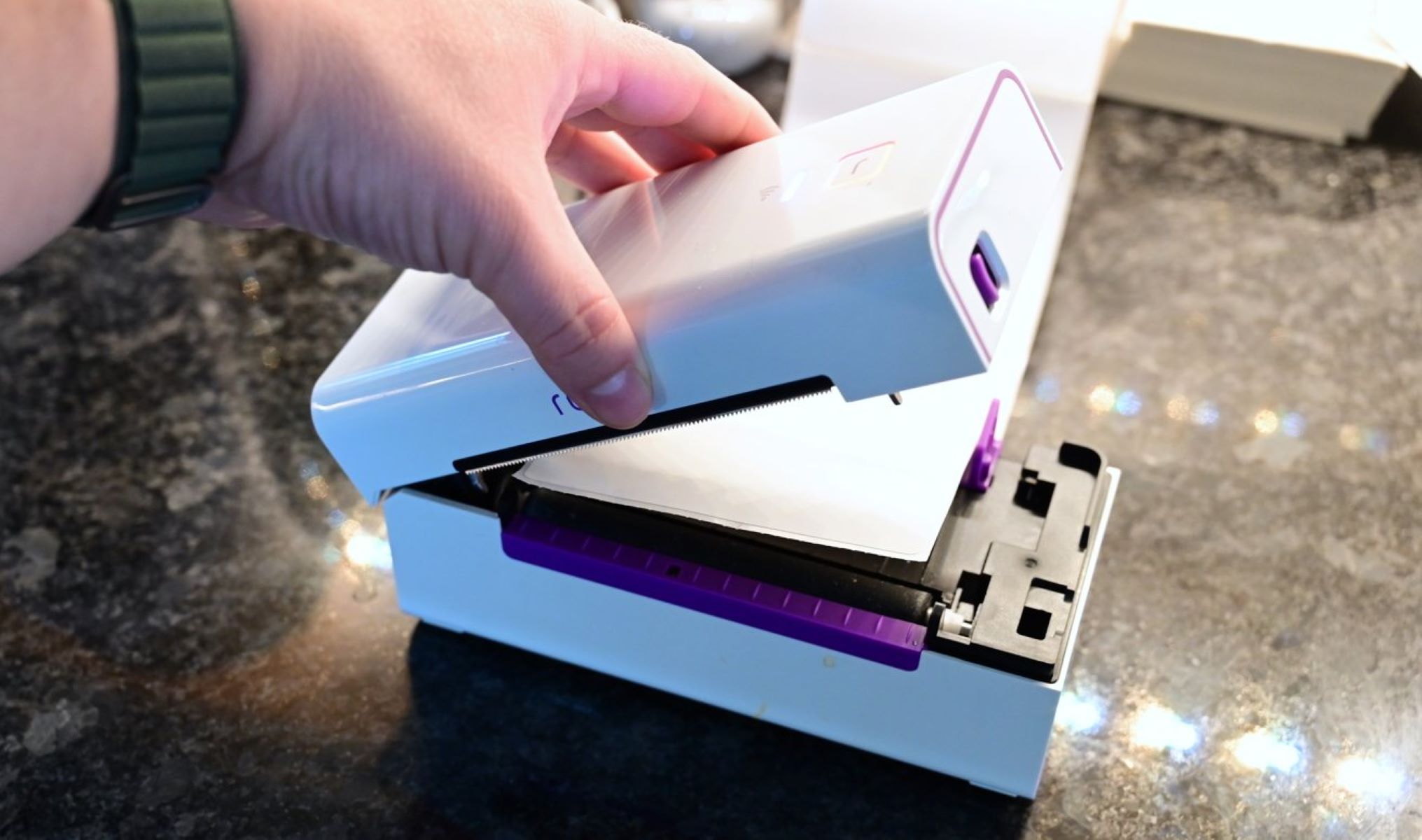

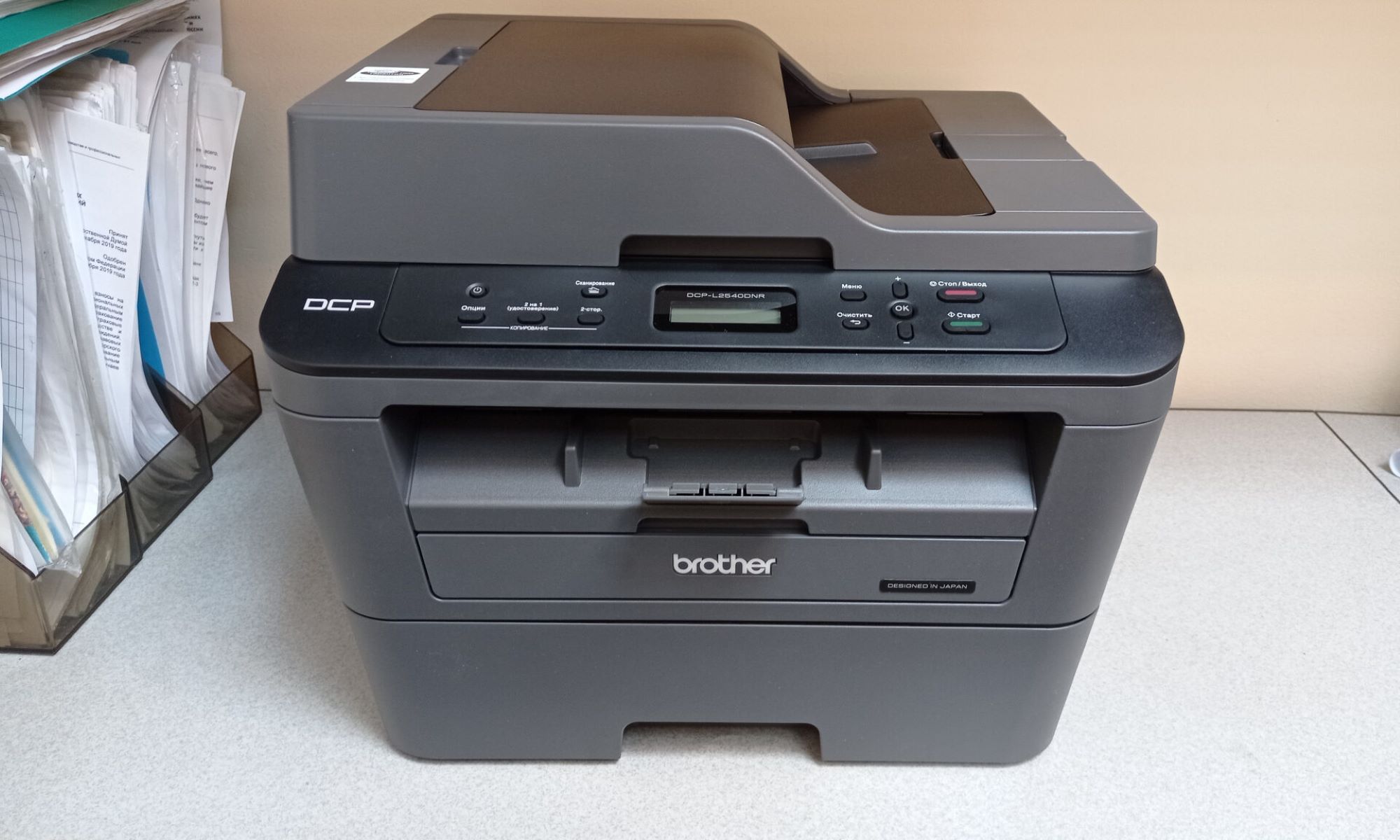
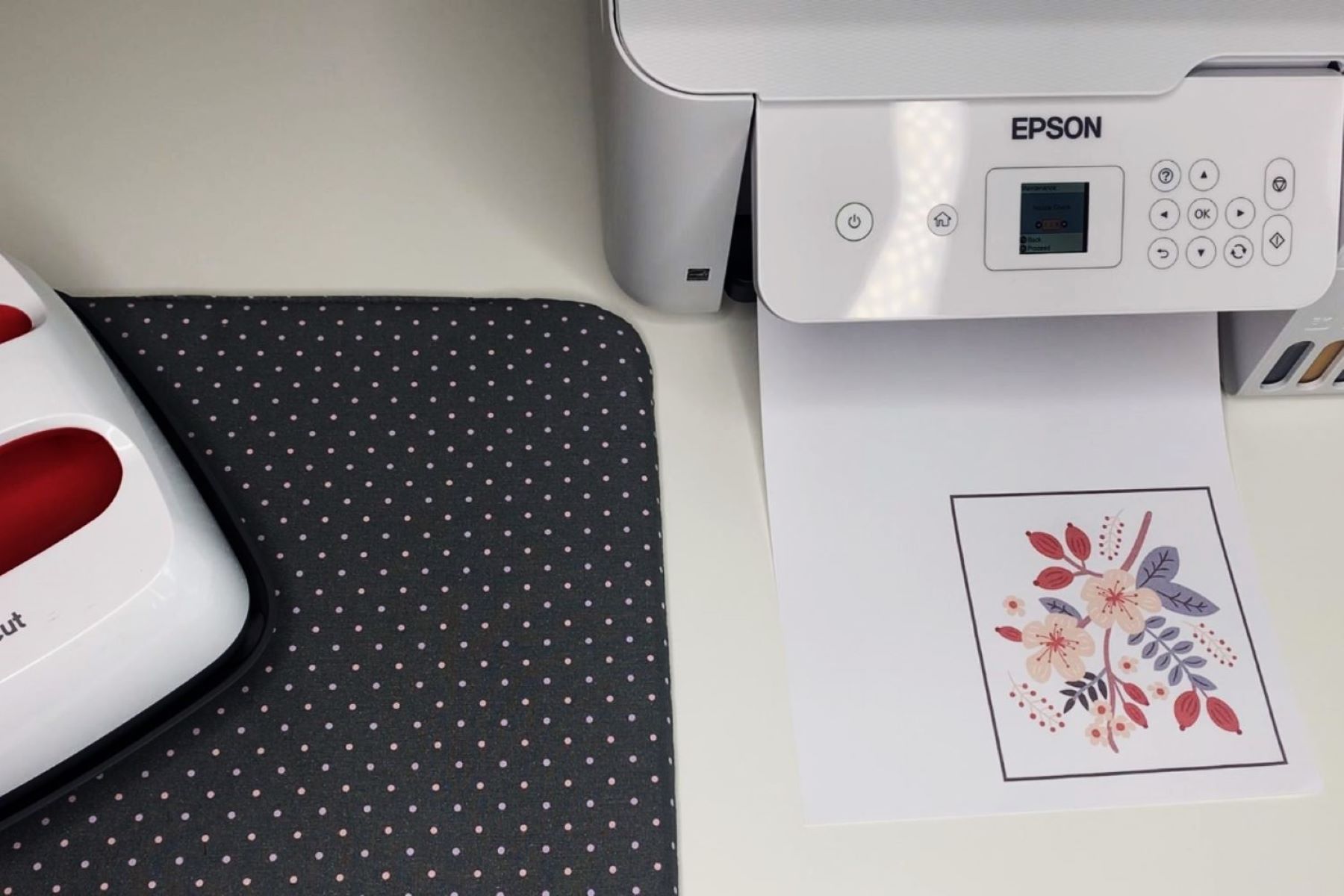
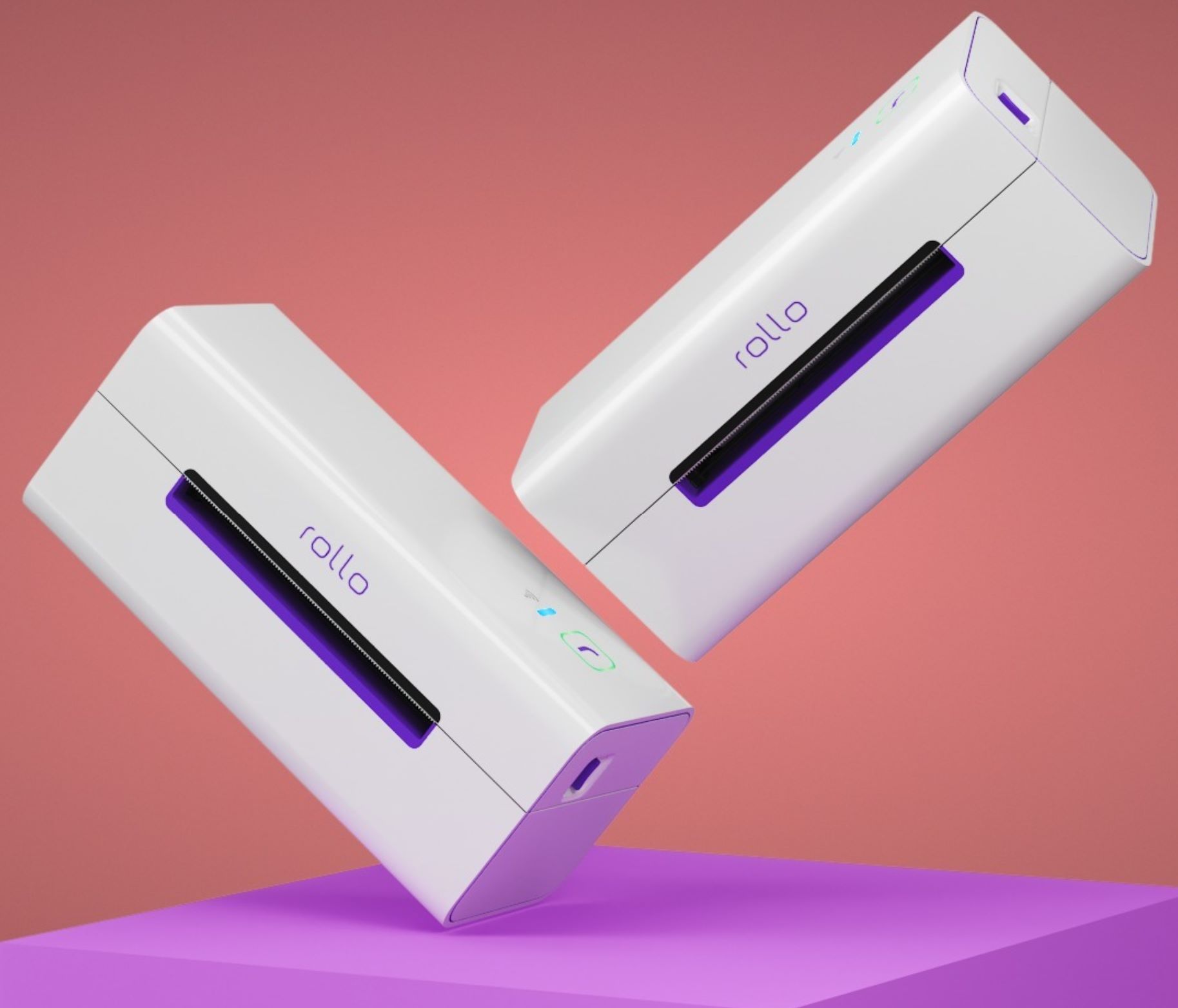
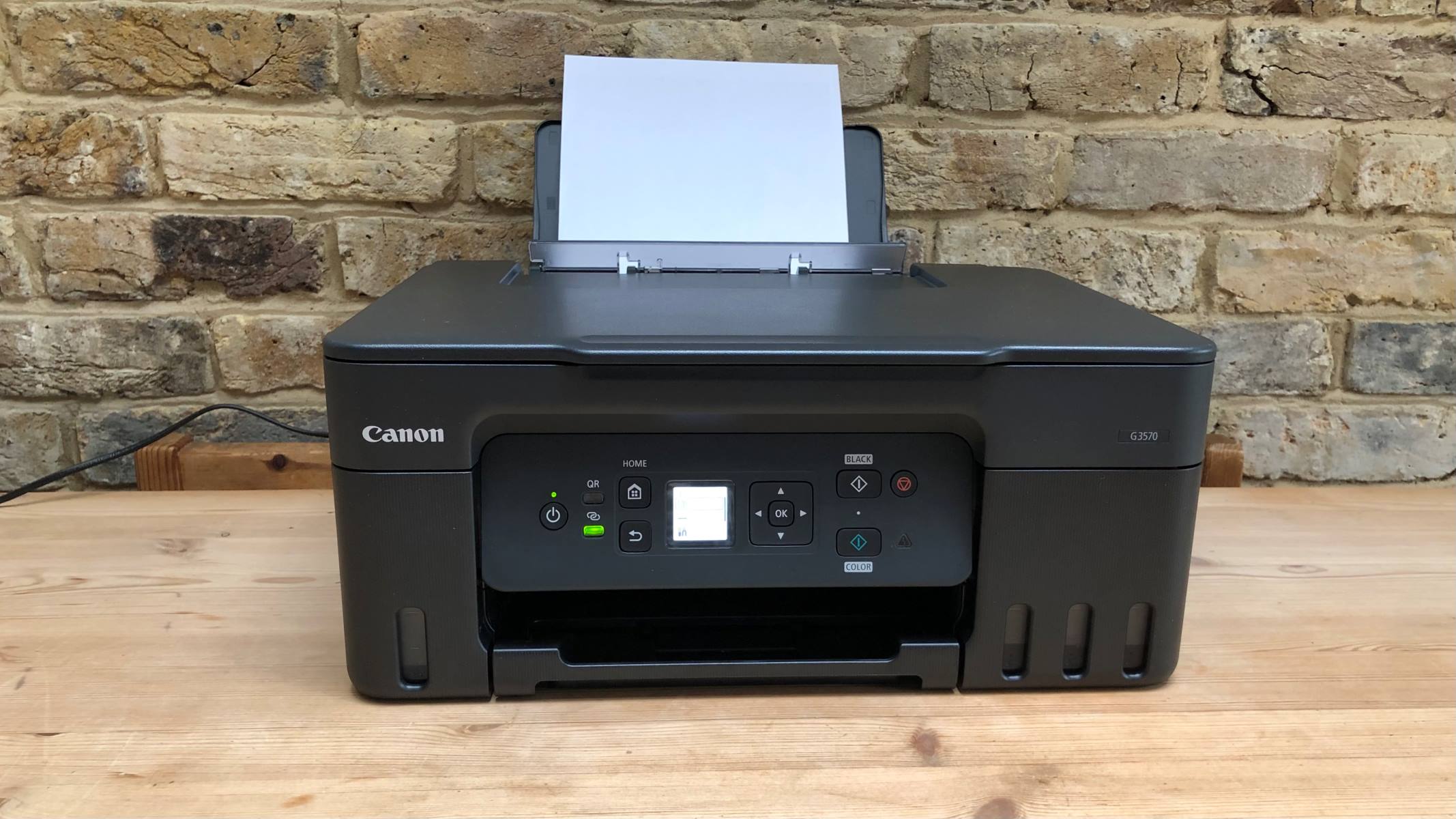
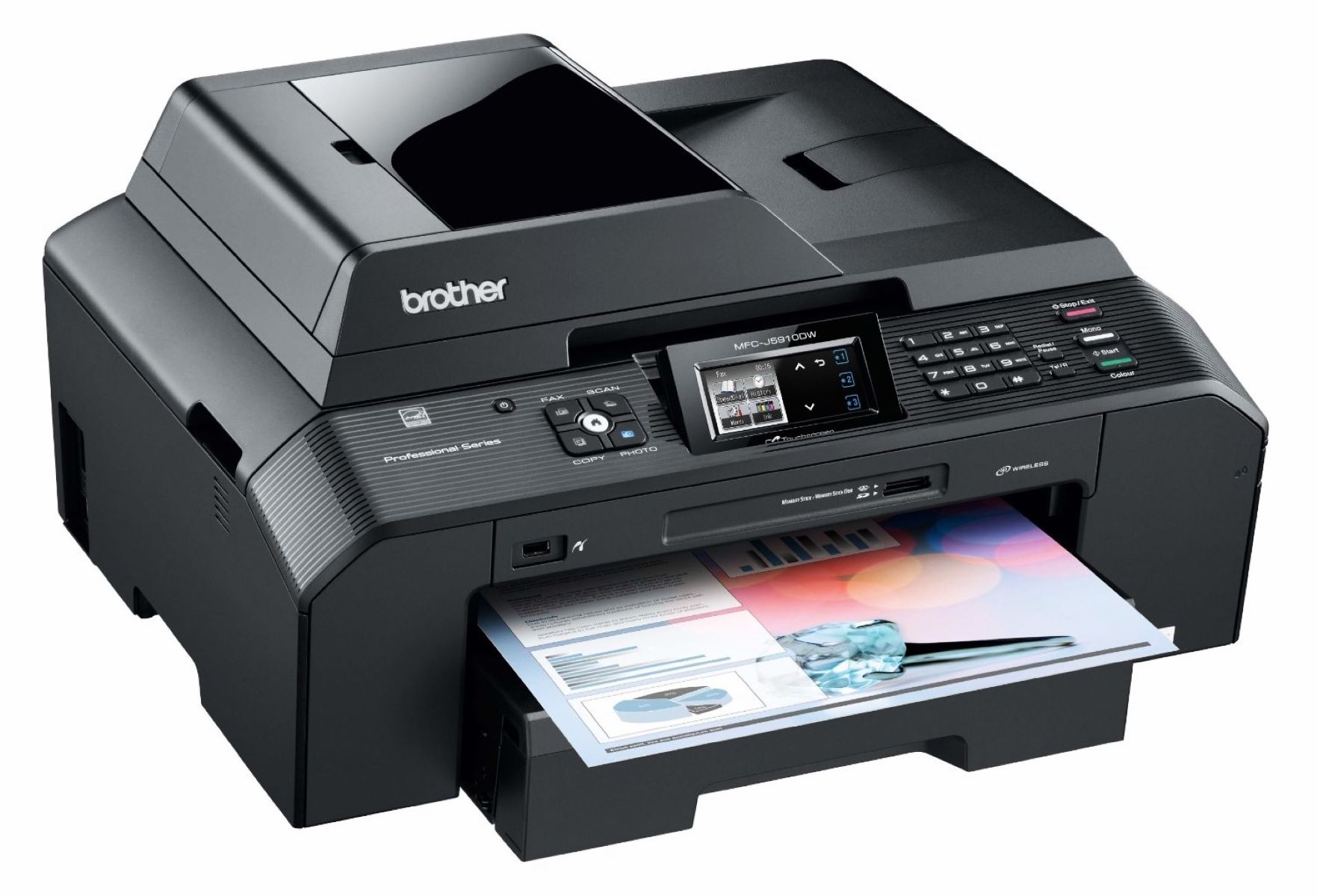
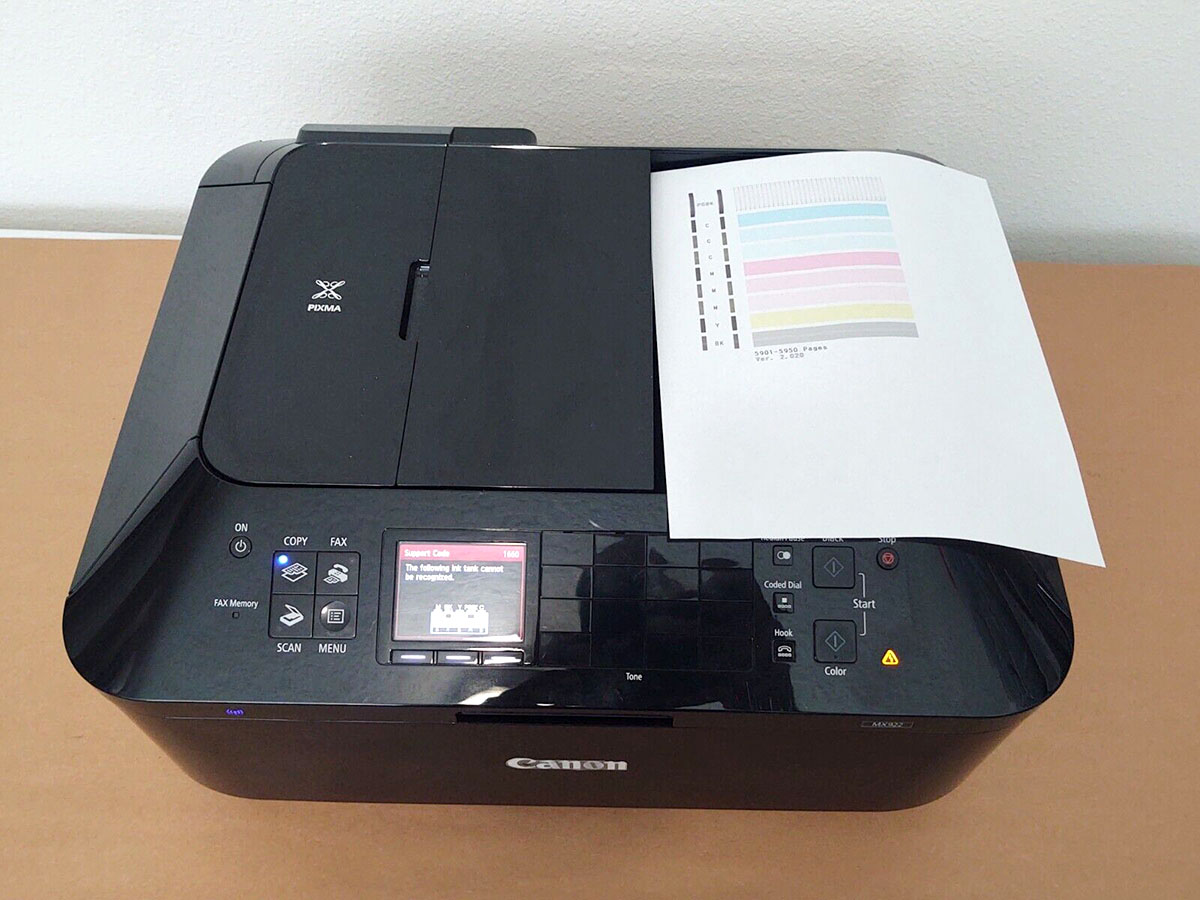
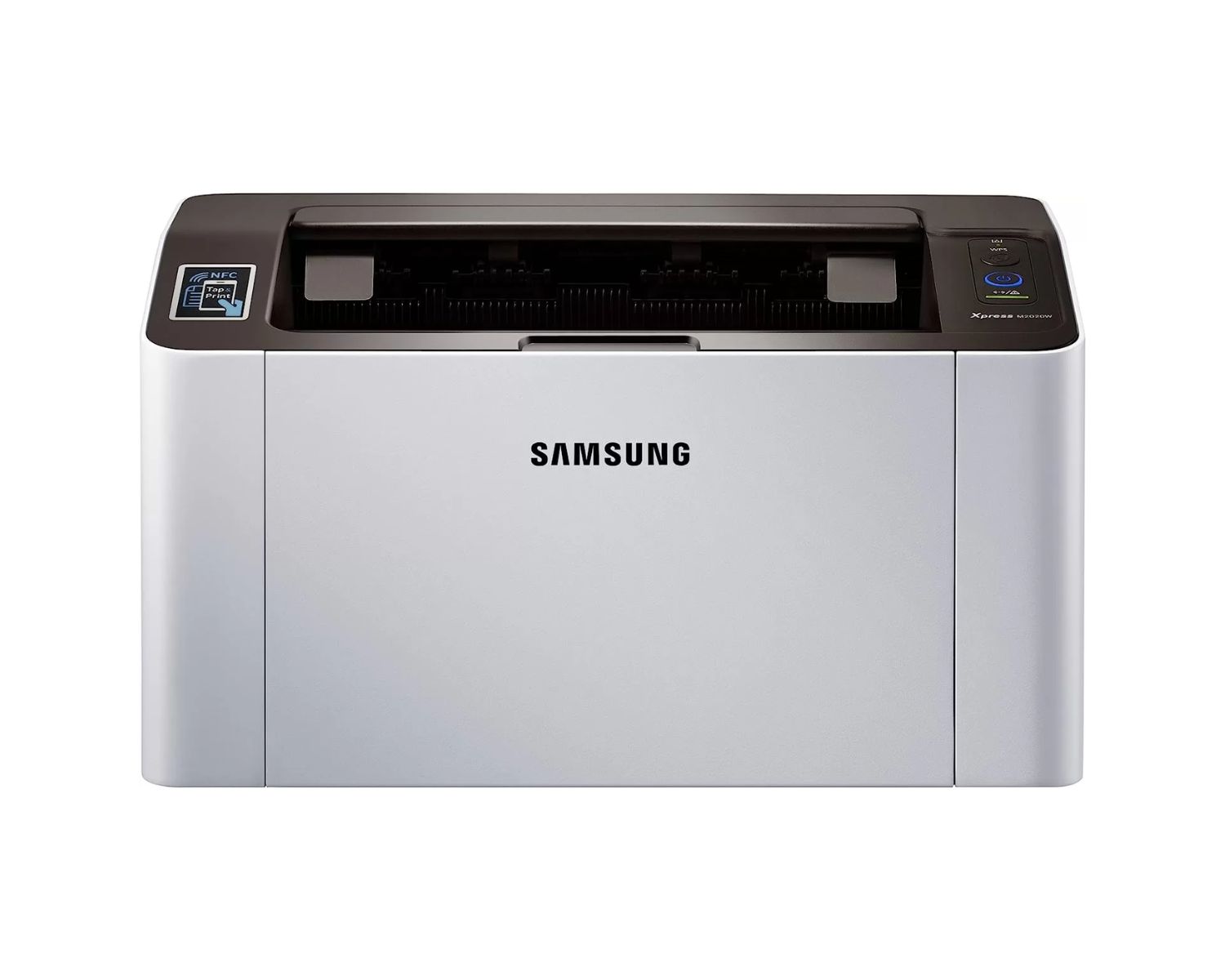
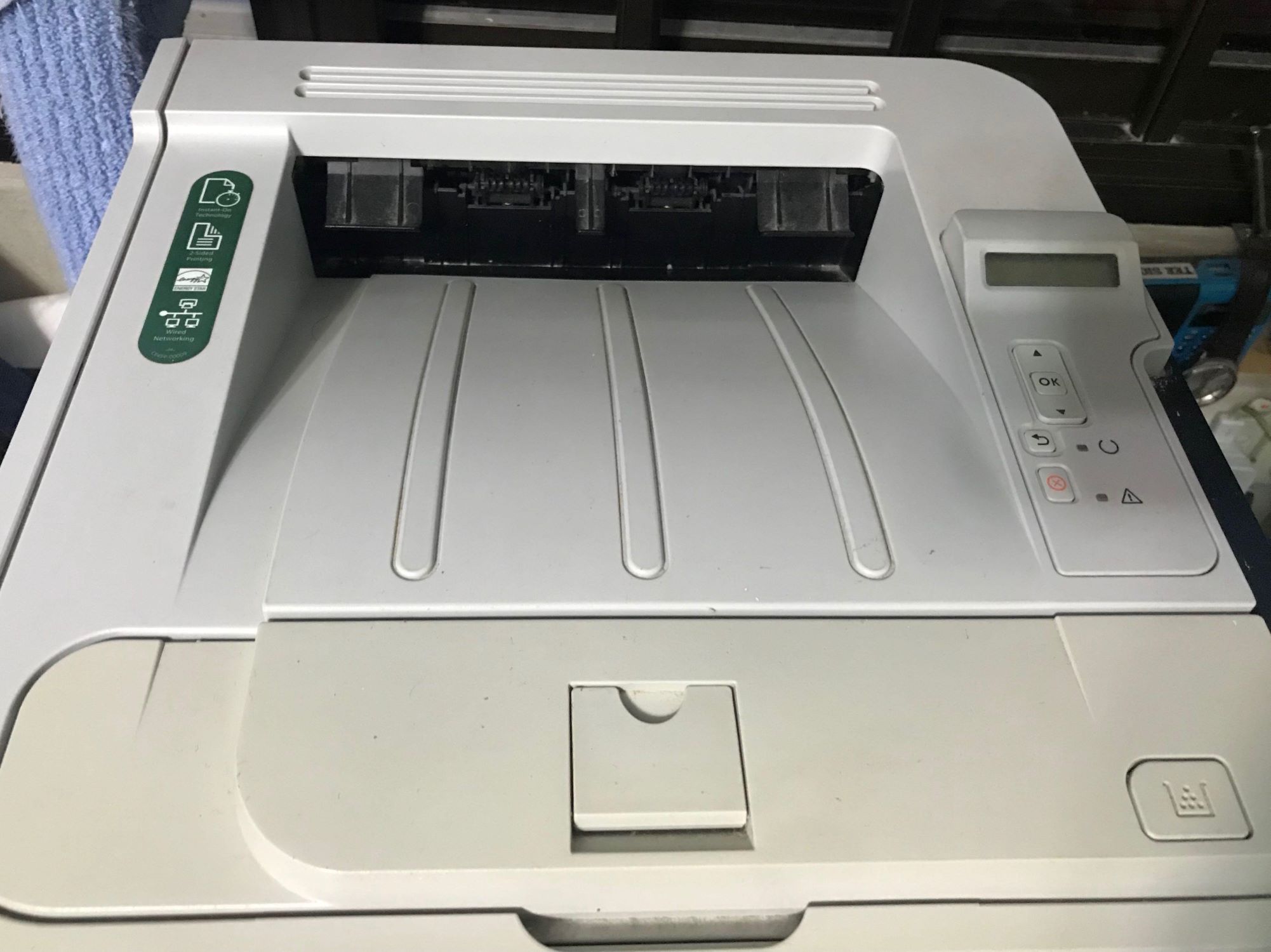

0 thoughts on “How To Reset Ricoh Printer”